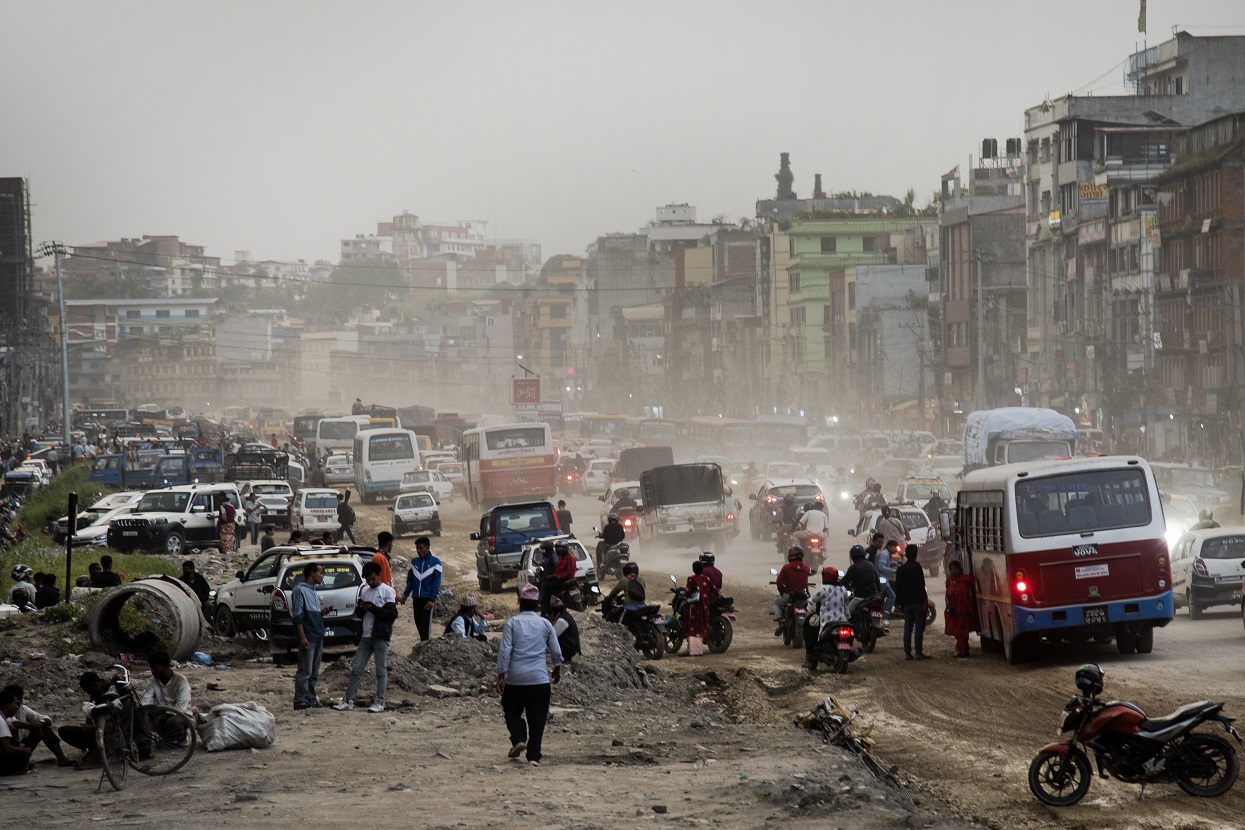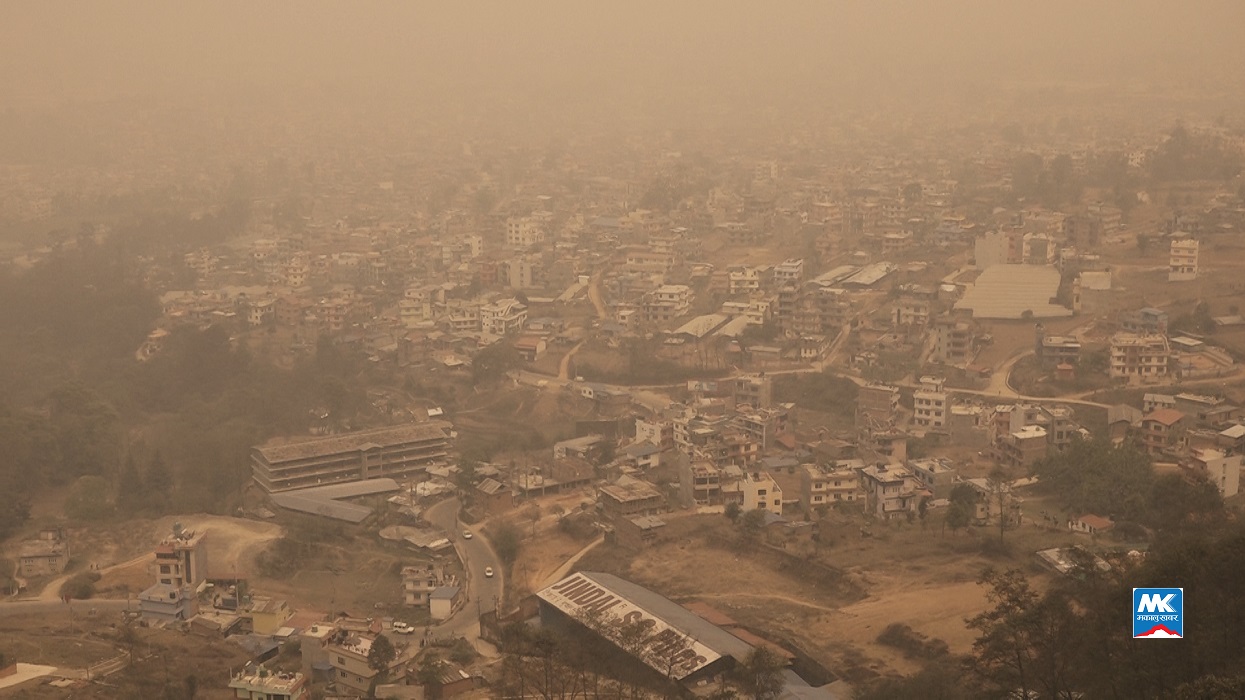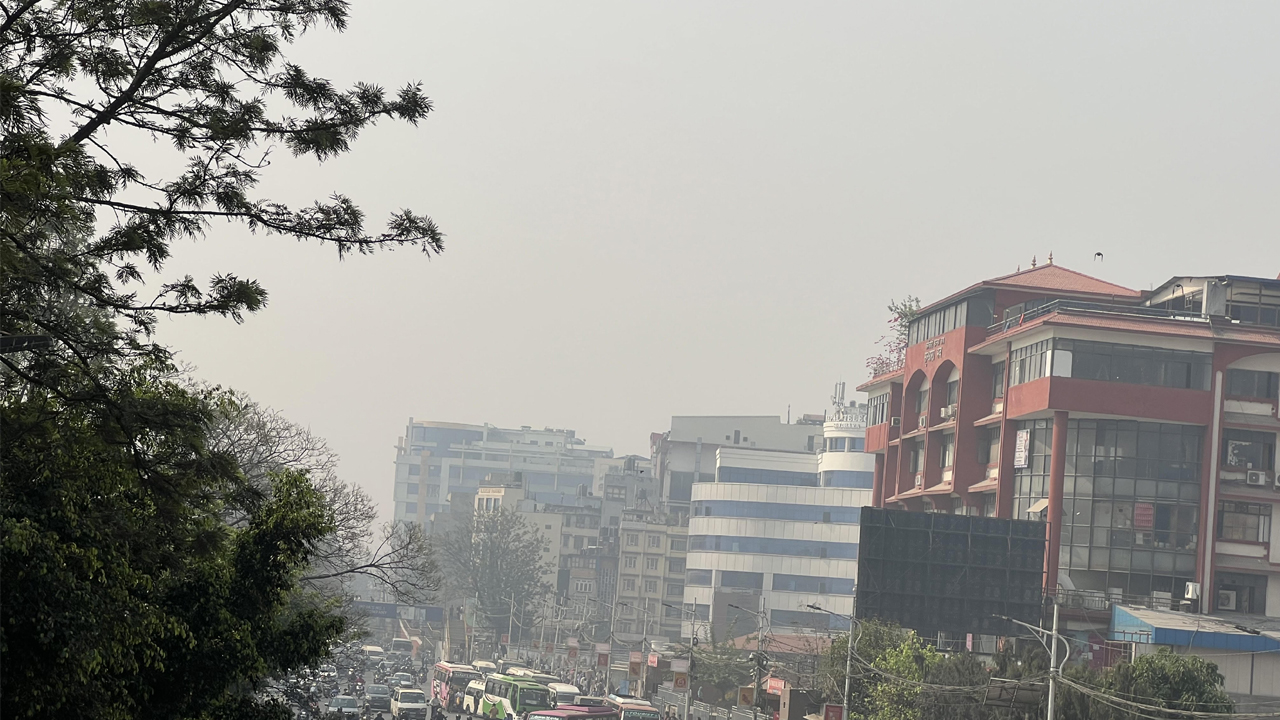Kathmandu ranks 2nd in global air pollution
In a recent report released by IQ AirVisual, Kathmandu has been identified as the second-most polluted city globally, trailing only behind Dhaka, the capital of Bangladesh.

KATHMANDU: As the world grapples with worsening air quality, Kathmandu, Nepal’s federal capital, has emerged as a stark symbol of the dire consequences of air pollution.
In a recent report released by IQ AirVisual, Kathmandu has been identified as the second-most polluted city globally, trailing only behind Dhaka, the capital of Bangladesh.
The latest data, as of 9:00 am this morning, reveals a troubling reality: Kathmandu’s air quality is classified as unhealthy, with PM2.5 levels reaching a staggering 175 micrograms per cubic meter (μg/m3).
PM2.5, known for its minuscule size and hazardous composition, poses significant health risks to the city’s residents.
PM2.5 particles, measuring less than 2.5 micrometers in diameter, are notorious for their ability to penetrate deep into the respiratory system, causing a range of health issues including respiratory infections, cardiovascular diseases, and even premature death.
What’s particularly alarming is that Kathmandu’s PM2.5 concentration exceeds the annual air quality guideline value set by the World Health Organization (WHO) by an astonishing 20.5 times.
This revelation underscores the urgent need for immediate action to address the air quality crisis gripping the city.
The situation in Kathmandu serves as a sobering reminder of the global challenge posed by air pollution.
Despite concerted efforts by governments and organizations worldwide to mitigate its effects, the relentless march of pollution continues to threaten public health and environmental sustainability.
Experts warn that unless decisive measures are taken to curb emissions and improve air quality, Kathmandu and other heavily polluted cities will continue to face grave consequences, jeopardizing the health and well-being of millions.
Additional cities in top ten most polluted cities globally:-

These cities serve as poignant reminders of the global scale of the air pollution crisis and the urgent need for comprehensive strategies to combat it, safeguarding public health and environmental well-being.










